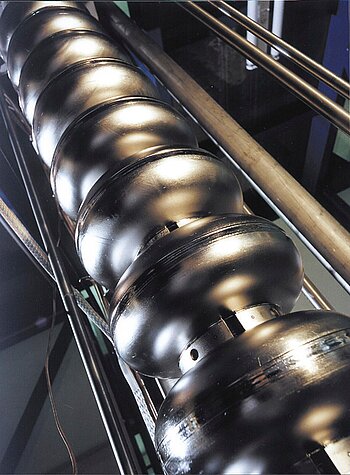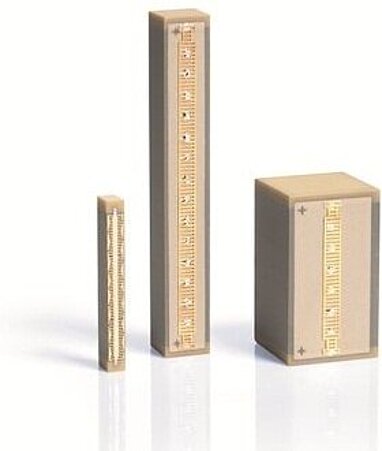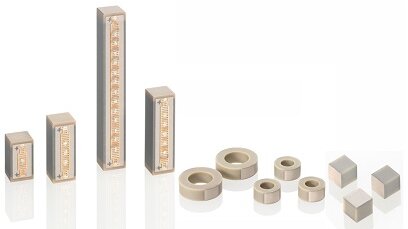Dynamic Compensation of Lorentz Forces at the Accelerator Elements in Cryogenic Environments
Dynamic Compensation of Lorentz Forces at the Accelerator Elements in Cryogenic Environments
The particle accelerator XFEL at the DESY (German Electron Synchrotron) uses acceleration technology based on super-conducting acceleration structures, so-called resonators or cavities. This technology developed for the linear collider TESLA (Tera Electron Volt Energy Super-Conducting Linear Accelerator) allows the generation of a particle beam with a very small beam cross-section and high beam power. Another very important factor is to keep the acceleration field strength at a constantly high level.
A detrimental effect lies in the acceleration principle itself. The electrons are accelerated in the resonator by electromagnetic fields.
The resulting Lorentz force also acts on the walls of the acceleration structure, leading to small deformations, which in turn shift the resonant frequency of the resonators, thus deteriorating the energy transfer to the electrons. This results in higher energy demand and poorer repeatability of the particle beam.
PICMA® Piezo Actuators Reduce Shift in Frequency
PICMA® multilayer piezo actuators work at about four Kelvin directly at the outer wall of the resonator. At these temperatures, the actuator displacement is lower than at room temperature. This effect can be easily predicted and be taken into account when designing the system. In this cryogenic environment, which is additionally exposed to radiation, the actuators are operated over a long period of use of about 20 years. PI Ceramic has also been able to supply the actuators already mounted in a preloaded holder, which ensures easy installation.


